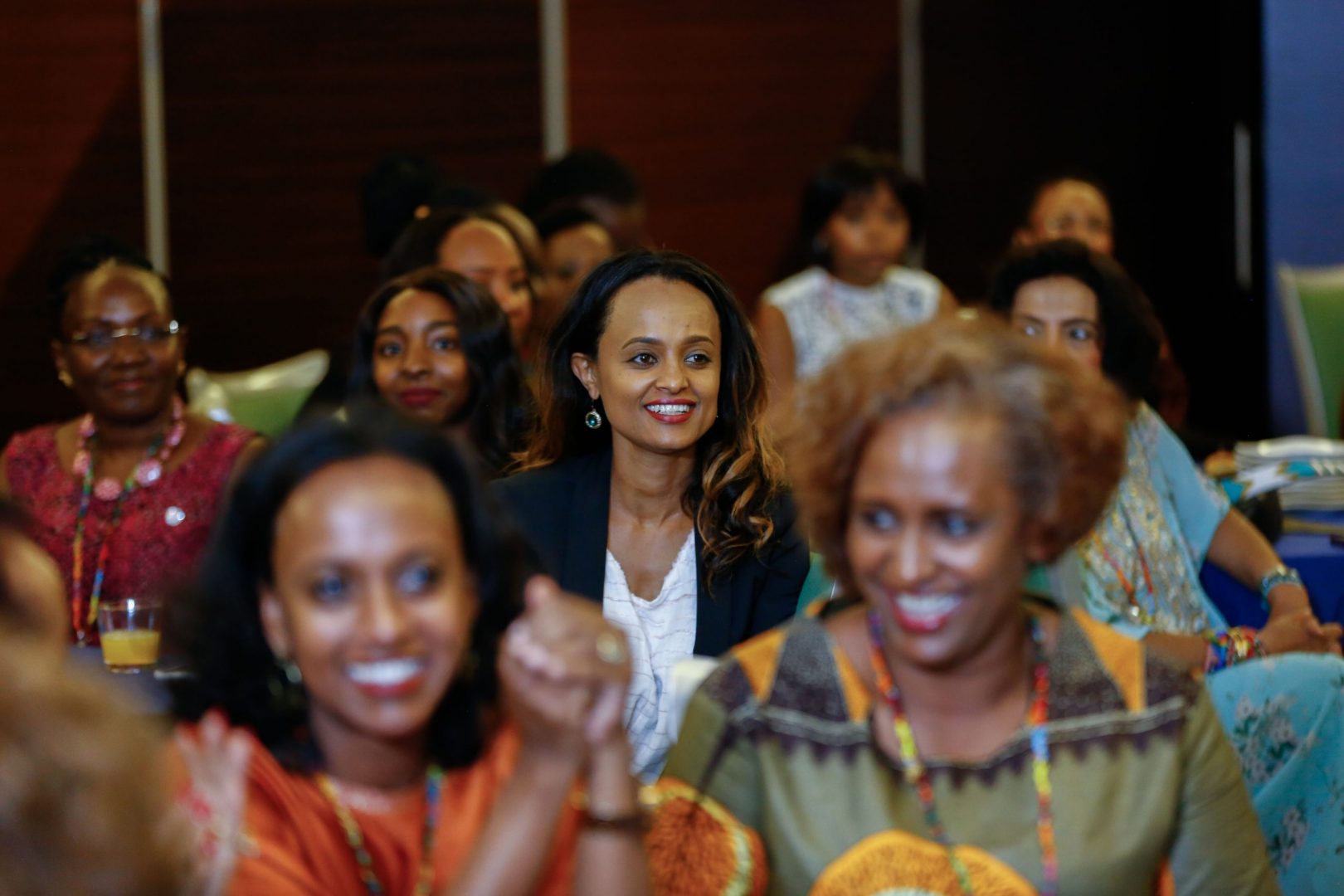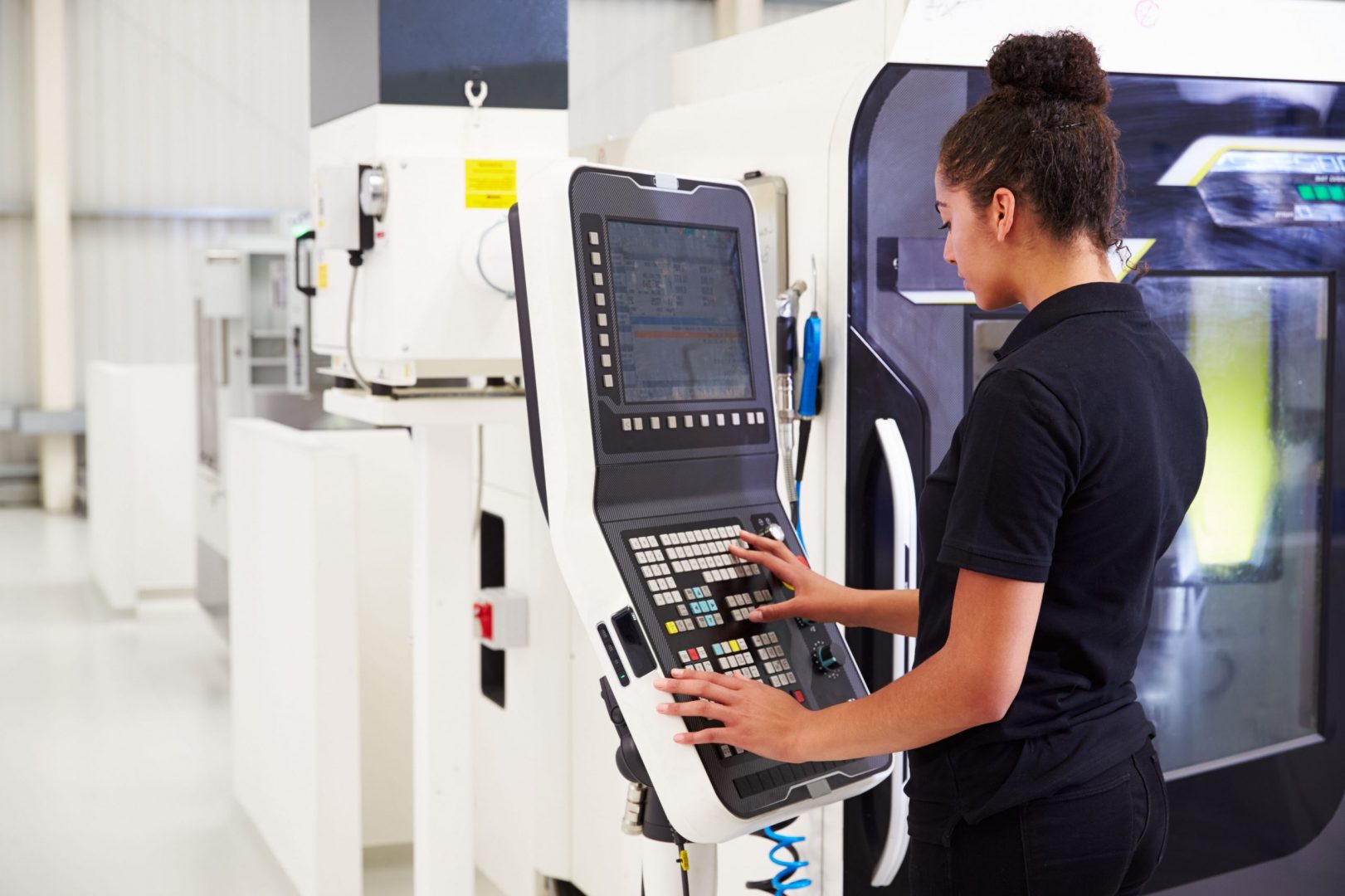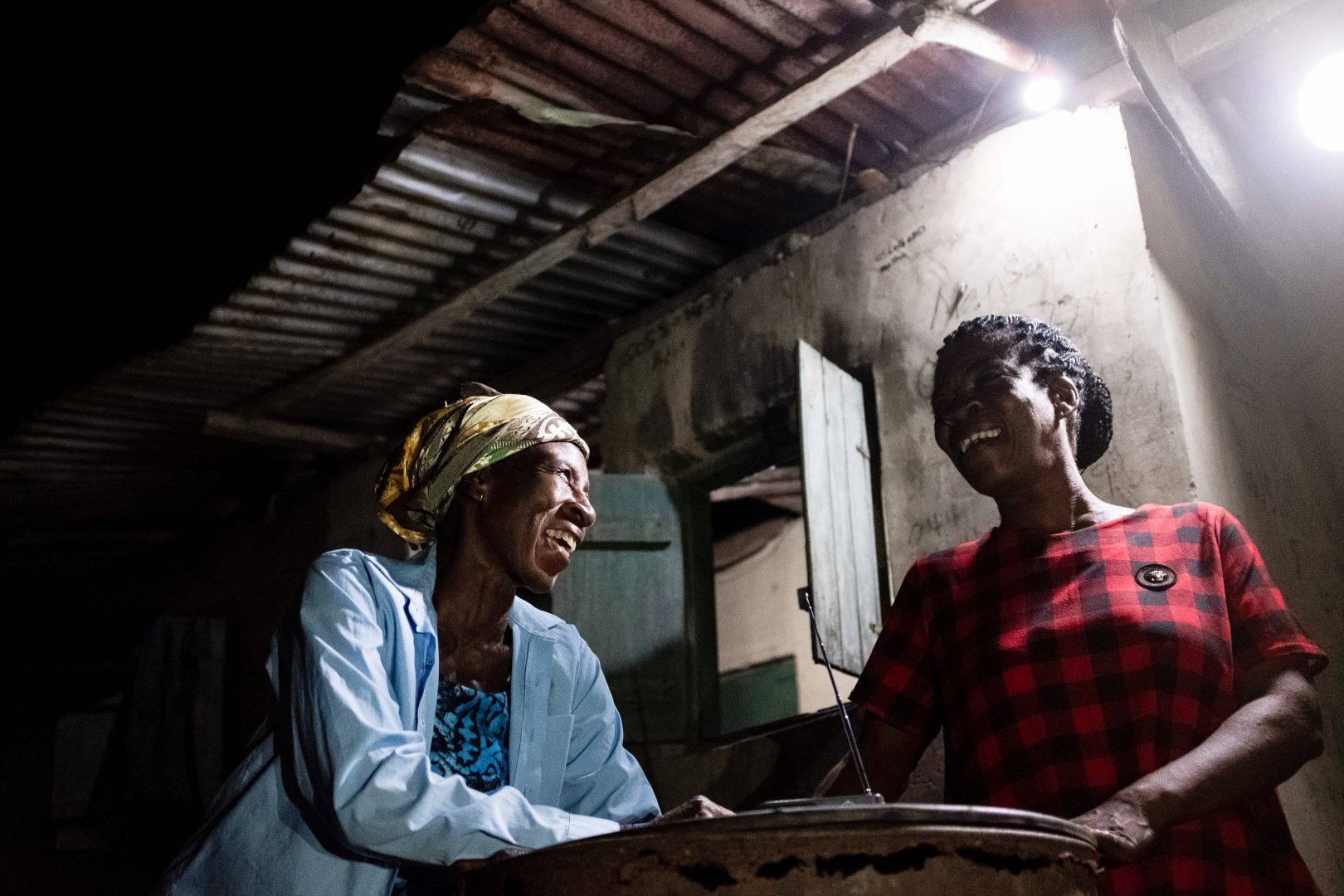This article was originally published by Impact Alpha – you can read it here.
Businesses in emerging markets run by women receive less than half the funding received by those run by men. In 2021, that fact should make all of us who invest into these markets feel incredibly uncomfortable.
It is even more shocking that this remains the case even though research indicates women deliver greater returns than their male counterparts. A study by Boston Consulting Group, for example, found that for every dollar of funding, women-owned start-ups generated 78 cents of revenue, while male-founded organisations generated less than half of that.
It is not only women-owned business that perform better. According to Morgan Stanley, workforces which include women at all levels correlate with those reporting better returns. Research over an eight-year period showed that gender diverse workforces enjoyed a one-year return on equity that was two per cent better than their less diverse peers.
There are also reasons to believe that investing in women generates a wider development impact than just the financial returns. A growing body of evidence shows that investing in women, not just as business leaders but also as employees and consumers, reduces poverty and leads to more sustainable economic growth.
I have written before about the devastating impact of COVID-19 on women. The UN has estimated that by the start of this year, around 435 million women and girls will be living on less than $1.90 a day — including 47 million pushed into poverty because of the pandemic. If we are to bring about a just recovery, women must be at the forefront of our approach.
At CDC, we are committed to gender-lens investing but we know we must bring others with us.
Changing the mindsets of investors is an important step to normalising gender-smart investing, not just as a distinct strategy but as part of any investment process.
But as ever with systematic change, getting to a point where gender-smart investing is the norm requires a wider global recognition of the challenge we face, and needs public targets against which we can measure progress.
I was delighted that in the lead up to the recent G7 Leaders’ Summit, we, alongside other G7 DFIs and other institutions, were able to commit to investing $15 billion over the next two years to help women in developing markets to access jobs, build resilient businesses and respond to the devastating economic impacts of COVID-19.
The pledge comes under the 2X Challenge, an initiative launched at the 2018 G7 meeting with an aim to raise $3 billion in gender finance by 2020. It is not only a matter of pride, but I think a marker of progress, that the 2X members doubled that original target over the last two years, committing $7 billion to gender finance. Over the last 3 years, there have been over 200 deals that have qualified for 2X investment. Latin American businesses secured the most 2X funding followed by sub-Saharan Africa where the volume of deals have quadrupled over the last 12 months.
This new figure of $15 billion is an important statement from development finance institutions such as CDC; it is right we are leading the way with gender investing and I am encouraged to see the membership of the group grow. What began as a collaboration between the development finance institutions of the G7 countries now includes 15 bilateral DFIs as well as a growing number of the world’s multilateral development banks such as the International Finance Corporation, the European Investment Bank and the European Bank for Reconstruction and Development.
Gender smart
At CDC, gender-smart investing means that throughout the investment process our teams consider gender-based factors to inform our decisions and ensure we allocate capital to intentionally advance gender equality. Last year, we committed almost $200 million to investments that qualify under 2X. And over the year, our gender finance team has trained other teams in CDC on how to incorporate gender-smart thinking into their work. I am especially proud that the programme has been extended beyond CDC and the team is now not only training other financial institutions but ‘training trainers’, so organisations can replicate and embed what they’ve learnt.
We’ve also worked with our 2X partners to lead the development of the 2X framework – the set of criteria and indicators that together define what makes a company, bank or investment firm ‘gender-smart’. The 2X framework is grounded in global benchmarks for women’s participation and the realities of investing, and we have been working to harmonise it with a wide range of other investment standards – to build consensus for 2X as the global standard for gender lens investing. This is vital.
Weighting accounts for impact
Progress can only be measured and built on when we have a clear picture of the level of capital currently being invested in women, and the outcomes that result from those investments in terms of greater participation of women in the private sector. The collection and use of data are critical if we are to encourage private and institutional investors to increase their investments in women.
That’s why we’ve recently announced the creation of the 2XCollaborative, a new global industry body to build the practice of gender-lens investing across a wider network of private and institutional investors.
The network will provide investors with the tools and resources they need to invest in women. And to increase the reach of the 2XCollaborative, it will be joined by two key partners: the Investor Leadership Network, a consortium of 14 global pension funds and asset managers who together represent more than $5 trillion in assets under management; and GenderSmart Investing, a global community of practitioners committed to building the broader ecosystem of gender-lens investing.
With billions as bait, development financiers seek to hook private investors on gender-lens investing
From more than 30 years of working in the banking and investment industry I know that global financial institutions move fastest to embrace new ideas when they start to believe they are missing out on something. What we have achieved so far with 2X and the momentum we have generated is the clearest sign yet to all institutions that investing in women is a powerful trend, that a framework and metrics now exist to track and measure progress, and that if you hesitate, you will miss both a great business opportunity and a chance to create a better and more equal society.
It is right that investing in women has now found its way to the front of the international development agenda. If we are to achieve the UN’s Sustainable Development Goals, gender-smart investing must be at the heart of the broader commercial financial agenda as well.









